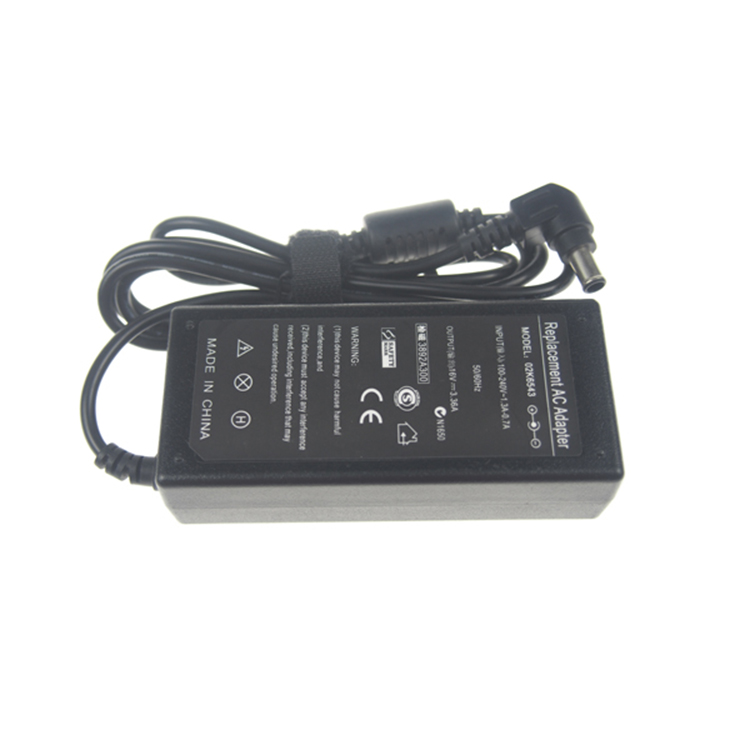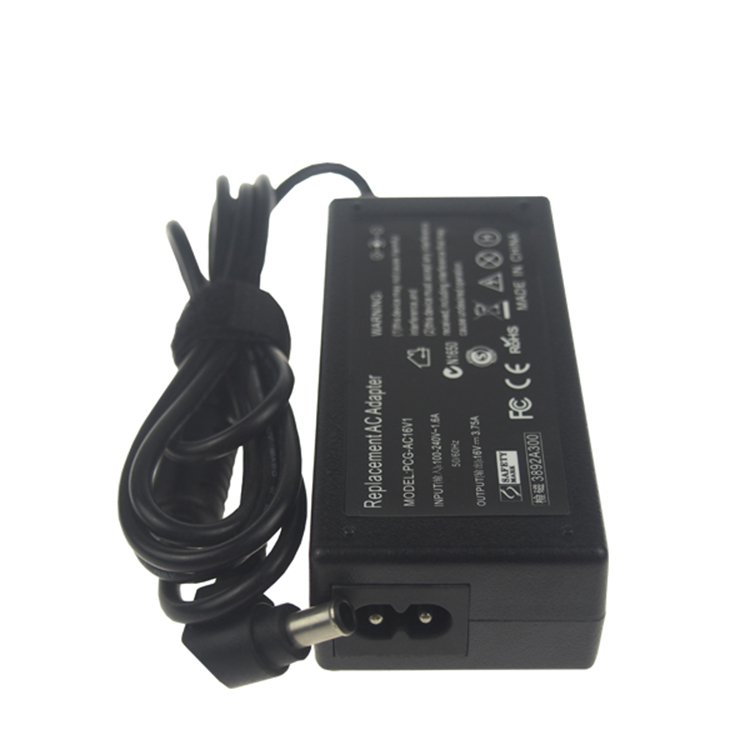The other sectors of the electronics industry have been in a poor situation in recent years, and the dawn has only begun to be seen recently, but the wireless sector has continued to grow strongly, thanks in particular to smartphones. So, what can we expect in 2011? The following are the forecast of 10 major trends in 2011.
10. Mobile TV: Video is very popular on smartphones, but mainly YouTube and shorter clips from other channels. You can also watch some movies and sports games, depending on the operator. But mobile TV is still not popular. There are still some obstacles to watching TV on a 4-inch screen. The Qualcomm FLO TV over-the-air (OTA) service provided by AT & T and Verizon has recently been shut down due to lack of customers and viewing equipment. But with the finalization of the new ATSC A / 153 mobile TV standard and the introduction of related chips, we may soon see local TV stations supporting the new standard launch more OTA TVs. Siano's new SMS1530 TV receiver chip handles the new ATSC mobile / handheld (M / H) standard. If the antenna problem can be solved well, it is expected that free TV will appear on some smartphones in the future.
9. NFC: NFC short-range, 13.56-MHz wireless methods have been around for several years, and some chips can turn mobile phones into the next smart card. NXP Semiconductors ’head of mobile transactions, Jeff Miles, said that 2011 is expected to be a year of NFC take-off. NXP Semiconductors produces NFC chips for mobile phones. The company predicts that more than 50 million NFC will be deployed in smartphones globally this year. Both Nokia and RIM and Google support NFC. Google said it will include NFC in its next version of the Android operating system. NFC is expected to become a must-have feature for smartphones, enabling smartphones to be used for shopping, access control, transportation, and reservations.
8. Wireless modem: USB dongle is the main method of wireless Internet access for notebook and netbook users. Now with the advent of HSPA + and 4G services, more users are buying these devices. ABI Research estimates that in 2010, 93 million such modems were sold. Sales will continue to grow, but the main trend is that more notebook manufacturers will embed 3G / 4G modems and Wi-Fi radios directly into PCs and notebooks.
7. GPS / Navigation: According to ABI Research, the number of global navigation devices is expected to increase from 100 million in 2010 to 283 million in 2015. The personal navigation devices (PND) of Garmin, TomTom and Magellan are still favored. However, smartphone GPS and in-dash navigation systems for cars are growing rapidly.
6. M2M: Machine-to-machine (M2M) mobile connections that monitor and control various types of mobile devices continue to grow steadily. ABI Research reports that these connections are expected to exceed 297 million in 2015. The shipment of M2M modules in 2015 is expected to be four times that of 2009, exceeding 114 million. GSM / GPRS data connections dominate because high speed is rarely required in M2M telemetry applications. However, EDGE has not been adopted much because many users are turning to 3G WCDMA to prevent their products from falling behind due to the development of wireless networks.
5. Antenna problem: New smartphones have multiple radio frequencies: two or more wireless transceivers on different frequencies, Wi-Fi, Bluetooth, GPS, and FM radio and / or TV. This means that multiple antennas are required. The new phones will have multiple frequency bands and multiple modes for backward compatibility with older 3G and earlier systems. In addition, there are multiple input / multiple output (MIMO) problems or opportunities that require multiple antennas. Obviously, more effort needs to be made on the antenna, and manufacturers are solving this problem. "Consumers are eager for smart multi-functional 4G smartphones and tablets for mobile broadband access. However, the internal MIMO antenna must work on up to 10 different frequency bands, provide four times the throughput, and compare to previous machines Antennas take up less space, "said Charles A. Riggle, vice president of marketing and business development at SkyCross." Technical advancements in the field of antenna design are critical to the rapid acceptance of new 4G devices by the market and successful network deployment. "
4. Tablet PC: Apple's iPad is a big success. Tablet PCs being sold by manufacturers such as Samsung and Dell are more like mobile devices than PCs. These devices are of course wireless products. They have a larger screen and storage capacity, and are very popular with gamers and video lovers. In the mobile environment, games and videos have the highest bandwidth and speed requirements, so they will definitely have a big impact on 4G.
3. Femtocell: These short-range home / office base stations rely on broadband cables or DSL connections to communicate with operators, and are expected to play an important role in the introduction of LTE 4G. Femtocell and its close relatives pico and micro base stations, which cost less than macro base stations, can provide users with faster and more reliable connections in a variety of environments. They are expected to make 4G infrastructure expand faster than usual, and give operators time to complete backhaul upgrades. According to the Femto Forum, 17 operators are already supplying femtocells, and five are planning to follow up in the near future. Dell'Oro estimates that by 2012, global femtocell deployment will generate $ 4 billion in operating income.
2. Spectrum crisis: If you cannot alleviate the spectrum shortage, don't expect LTE to be launched. With some new 700-MHz spectrum available, LTE will get a good start. But in the next few years, if there is a lack of sufficient spectrum, the further development of new technologies and acceptance by the market will be severely affected. The United States Federal Communications Commission (FCC) has promised to provide up to 500 MHz of new mobile spectrum in the next 10 years. Recently, the National Telecommunications and Information Administration (NTIA) recommended that the new spectrum of 115 MHz be reallocated to wireless broadband services over the next five years. These spectrums are currently occupied by other services, but can be released. Some of the future available spectrum includes 1675 to 1710 MHz, 1755 to 1780 MHz, 3500 to 3650 MHz, 4200 to 4220 MHz, and 4380 to 4400 MHz. This is very good news, but providing new spectrum should become the top priority for FCC and NTIA.
1. Net neutrality threat: FCC plans to regulate the Internet, in order to protect anyone's right to access any content at any time without restriction. However, regulation will have serious adverse effects on the entire Internet access system, especially the fragile wireless infrastructure. FCC regulation seems inevitable, but it is hoped that wireless will receive special treatment to ensure that it continues to be a viable option.
Yidashun offer high quality replacement Fujitsu Power Adapter for laptop with best service at the lowest cost. All our Fujitsu Laptop Charger are Brand New Replacement Product, works as Genuine parts, 100% OEM Compatible!! Our Adapter with smart IC to protect your laptop with over current protection, over load protection, short circuit protection, over heat protection.
If your original Fujitsu Laptop Charger is not work anymore, please tell us your laptop model, we will help select the correct OEM replacement models for you. we offer a full 1 year warranty for our adapters.



Fujitsu Laptop Charger,Fujitsu Lifebook Charger,Fujitsu Charger,Ac Adapter for Fujitsu
Shenzhen Yidashun Technology Co., Ltd. , https://www.ydsadapter.com